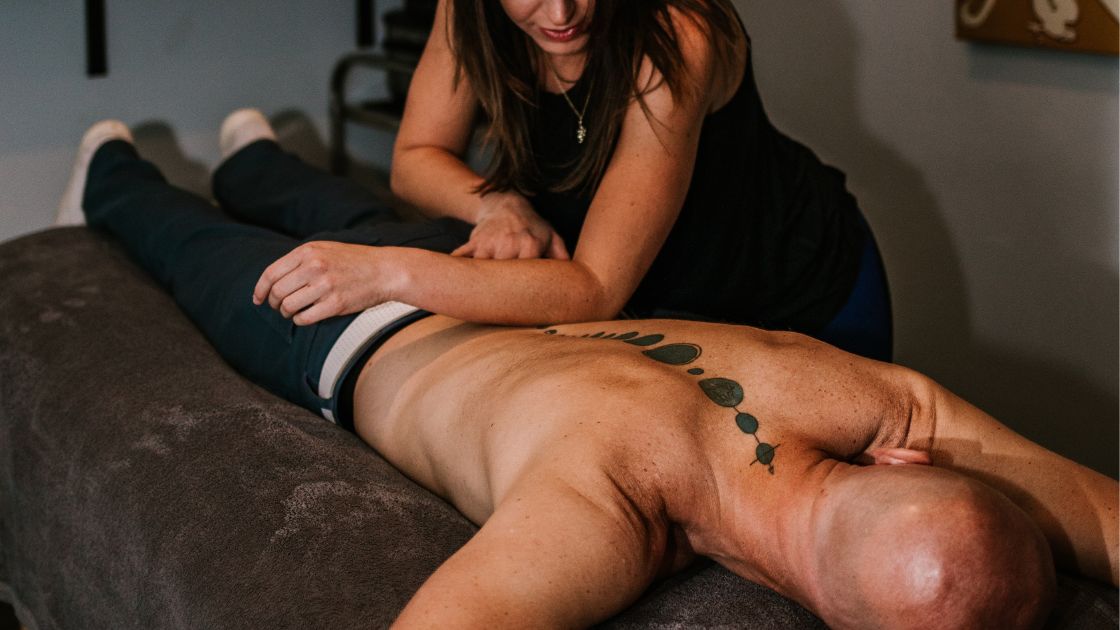Taking Control of Your Habits: Part 2

Welcome Back To Taking Control of Your Habits
In Part One of Taking Control of Your Habits, we discussed the first two steps in creating a habit: CUE & CRAVING. In this section we will cover the final two steps: RESPONSE & REWARD.
Response
The third step, RESPONSE, is the action created from the cue and craving, which will deliver the reward (Part 4). Much of what trips us up in implementing a new habit is making the habit too difficult. We make large goals like foam rolling for 30 minutes daily, journaling every day, or becoming a business success when instead we should start with something easier like foam rolling for 1 minute a day, writing just one sentence daily, or sending one email to a potential client each week. Solidifying a habit is about the frequency of your repetitions; once you have the routine established without thought or effort, you will be able to improve the goal incrementally. Make your habits so easy that you can’t help but do them. In order to make your habits easy, you will need to make your environment the path of least resistance. Set out your foam roller the night before so you can’t miss it in the morning; place your journal on the pillow when you make the bed so you see it each night, set a reminder to send that weekly email. Our energy is precious, so make your new habit the easiest thing to do.
Reward
The final step is REWARD. This is the fundamental reason why we do anything; it is the thing that satisfies our cravings. We learn from our past experiences which actions led us to the reward and which ones did not. Our habits are the successful patterns leading us to the object of our desire. If we want to succeed in our new habits, we need to make the result satisfying.
Our ancestors lived in what is described as an “immediate return environment,” because if they didn’t run fast enough from a predator, they would die; if they ate the wrong berry they would die; if they found a river they would have water to drink. Our brains have evolved to value the definite reward of the present over the possible reward of the future. When creating a new habit, design a way to see immediate rewards. Visual measures are a great way to do this. Have two jars, one full of paper clips and the other empty. Every time you email a potential client, move a paper clip over to the other jar. Or to make it even juicier, every time you foam roll, transfer a few dollars to an end-of-year vacation fund. The goal here is consistency, not perfection. We’re all human and messing up is part of the deal, but when you mess up, reclaim your habit quickly, even if you can’t do it as well or as completely as you would like. Never miss twice. One day of binge eating chips or missing a workout is expected, but if you allow yourself to miss a second day, the motivation to recuperate is now doubled.
Play To Your Strengths
Another way to make your habit satisfying is by playing to your strengths. If you want to get in shape, but hate going to the gym, don’t make going to the gym your desired goal. Ask yourself:
- What feels like fun to me, but work to others?
- When am I enjoying myself when others are complaining?
- What makes me lose track of time?
- What comes naturally to me?
- When do I feel alive?
If you prefer rock climbing or biking or trail running to working out in a gym, choose the goal that is best suited to your personality. Find the game at which you have an edge and you will naturally feel successful. And if you can’t find that game, create it. Make a list of your skills and find ways to combine them to create the game in which you succeed by being different instead of trying to be the best in an area which has steep competition. By picking habits that align with your skills and personality, you ensure that they will remain satisfying over the long run. In his book Clear gives this metaphor:
“Boiling water will soften a potato but harden an egg. You can’t control whether you’re a potato or an egg, but you can decide to play a game where it’s better to be hard or soft.”[1]
Taking control of your habits and building a new habit can seem daunting, but with small consistent steps big change can happen over time. Recognizing the process of cue, craving, response, and reward helps clarify the decisions we need to make toward our goals, and live the life we want now.
[1] CLEAR, JAMES. ATOMIC HABITS: an Easy and Proven Way to Build Good Habits and Break Bad Ones. RANDOM House BUSINESS, 2019.
Written by: Emily Arnold, LMT
Photo Credit: Canva





